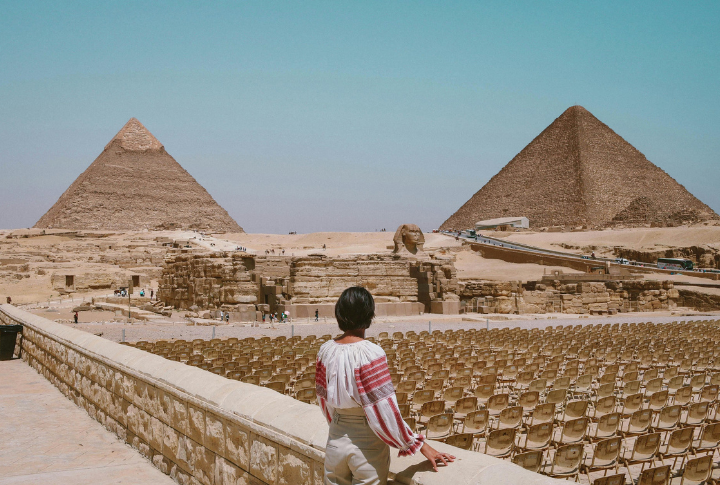
Our world whispers tales of the past. From ancient structures and enduring traditions to living relics and timeless creations, remarkable remnants stand bearing witness to human ingenuity and the enduring power of nature. Join us as we unearth these fascinating treasures and discover the stories they hold!
Diamond Sutra
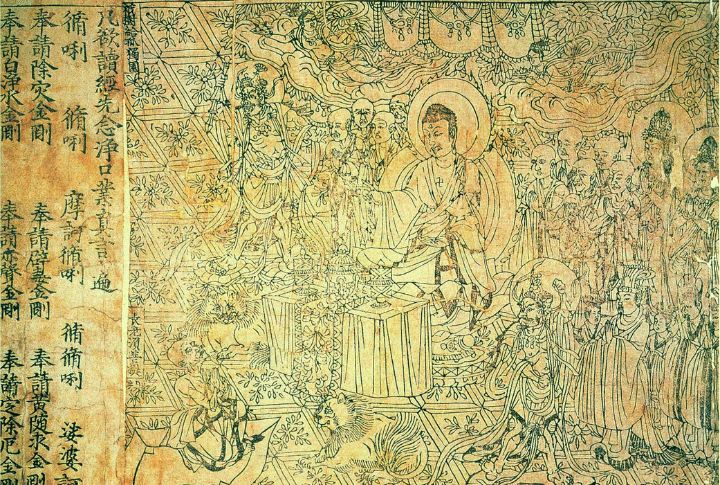
The world’s oldest printed book, the Diamond Sutra, is a Buddhist text dating back to 868 AD. Unearthed in a cave in China, this remarkable artifact is proof of the importance of early printing technology. Created during the Tang Dynasty, it is a religious manuscript and a symbol of human achievement.
Jonathan The Tortoise
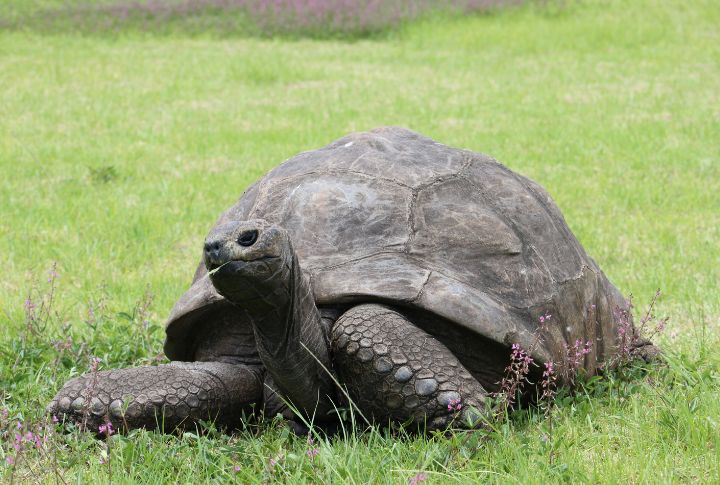
A Seychelles giant tortoise called Jonathan is believed to be the oldest living land animal. It’s currently 191 years old and is cared for by the government of Saint Helena. It’s also featured on the five-pence coin. Science shows that these animals usually live long due to their slow metabolism.
Egypt
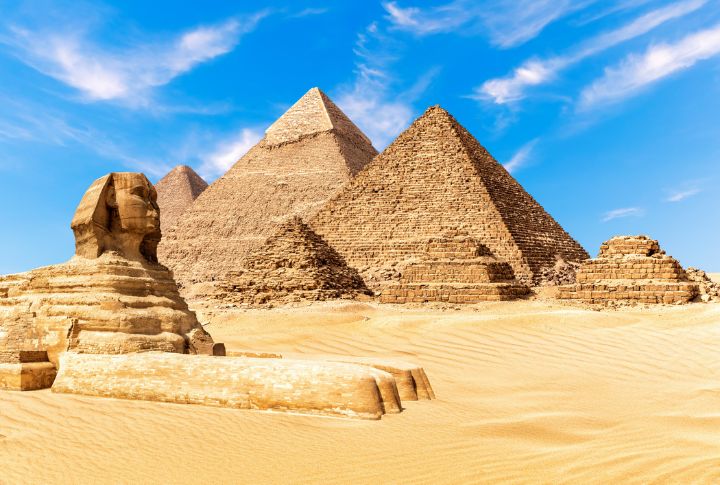
According to historical records, Egypt was founded in 3150 B.C.E. by King Menes or Narmer when he unified Upper and Lower Egypt, which makes it the oldest established state. The kingdom flourished for three millennia until the Egyptians were defeated by Alexander the Great.
The Teatro Olimpico
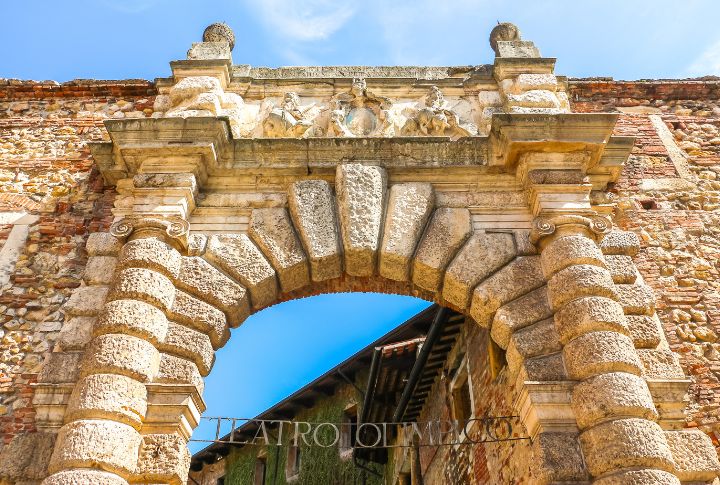
Italy’s Teatro Olimpico is considered the oldest theater still in use, with a remarkable 400-year history. It was designed by the famed architect Andrea Palladio, who sadly passed away just six months after the construction began. Vincenzo Scamozzi took over and ensured the theater’s completion. In 1585, the magnificent Teatro Olimpico hosted its very first performance, “Oedipus Rex,” captivating audiences in the Italian city of Vicenza.
Hinduism

Hinduism is considered the world’s oldest major religion, with roots stretching back over 4,000 years. Originating in the Indus Valley, Hinduism is not a single doctrine but a complex, pluralistic tradition encompassing various philosophies, rituals, and cultural practices. Hinduism’s profound influence on art, philosophy, and social structure continues to resonate through millions of followers worldwide.
Senet
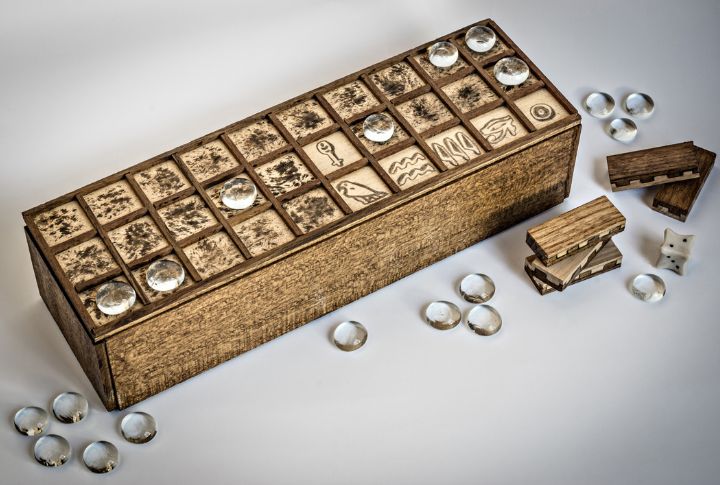
Senet is an ancient Egyptian game and, according to records, the world’s most ancient board game. Evidence of its existence dates back to around 3100 BC. Played by pharaohs and commoners, Senet boards have been discovered in tombs and depicted in hieroglyphics, illustrating their cultural significance.
Tamil

About 85 million people speak Tamil today, making it one of the world’s oldest languages still spoken. Originating in southern India and northern Sri Lanka, Tamil has a rich literary tradition with classical texts, poetry, and philosophical works, proving that people spoke this language in 300 BC. Its classical status and continuous evolution through millennia make Tamil a living link to ancient civilizations.
The Constitution Of San Marino

The Constitution of San Marino, written in 1600, is the oldest written constitution that people still follow. This document has governed the microstate for over four centuries, maintaining its framework and providing a foundation for modern governance. Unlike many nations whose constitutions have undergone significant changes, San Marino’s has remained largely intact, symbolizing political stability and continuity.
The London Gazette
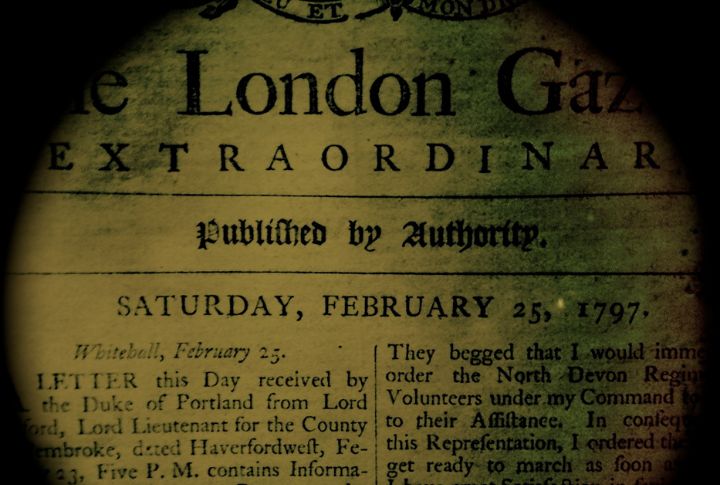
Out of all old daily newspapers and publications, the London Gazette has survived to the present day. It was founded in 1665 under the name of the Oxford Gazette but changed its name a year later. The paper was sent by post and was not available for public sale. A copy is released each weekday, except on bank holidays.
The Wall In The Theopetra Cave

Located in Thessaly, Greece, the Theopetra Cave is home to the oldest known man-made structure, dating back to approximately 23,000 years ago. This prehistoric site features a stone wall built during the Paleolithic era, and humans have used the cave for over 130,000 years. It offers a rich archaeological record that reveals the evolution of human habitation and tool use.
Methuselah

The Great Basin Bristlecone Pine, commonly known as Methuselah, is the oldest non-clonal tree in the world, estimated to be over 4,800 years old. Located in California, Methuselah has withstood the test of time, surviving harsh climates and changing environmental conditions. This ancient tree offers invaluable data to dendrochronologists studying climate history and the resilience of forest ecosystems.
The British Pound
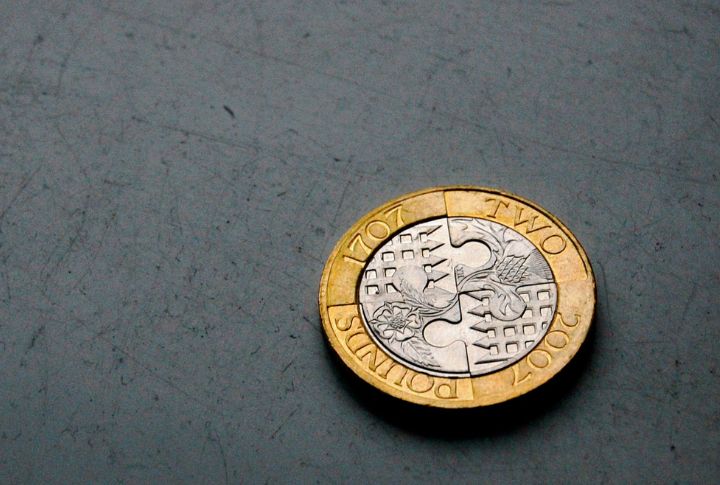
Dating back to the Anglo-Saxon era, the British Pound Sterling is still the world’s oldest currency, and it is. Initially minted as silver pennies, the pound has undergone numerous transformations while maintaining its status as a symbol of economic stability and continuity. Throughout centuries of political and economic upheaval, the British pound has remained a fixture in global finance, influencing trade and monetary policies worldwide.
The Netherland’s National Anthem
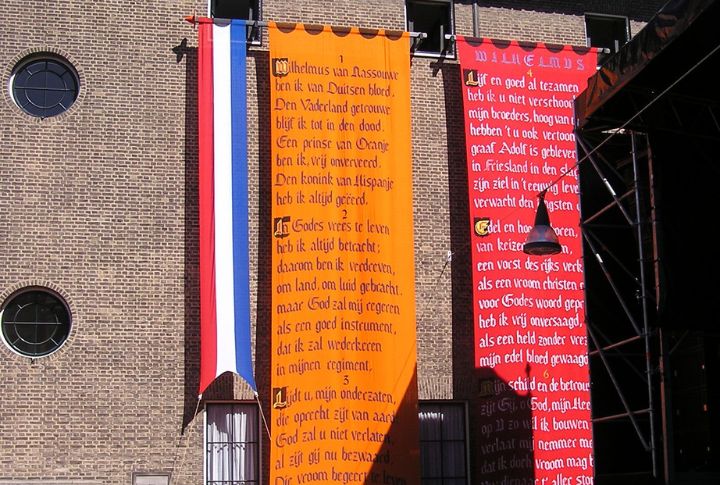
Netherlands’ national anthem, the Wilhelmus, is the world’s oldest, dating back to the 16th century. Written during the Dutch Revolt against Spanish rule, it is a song of patriotism and a piece of history reflecting the Netherlands’ struggle for independence. It was officially adopted in 1932.
Roundhay Garden

Roundhay Garden Scene is the world’s oldest surviving movie that can still be watched today, as it was filmed in 1888 by French inventor Louis Le Prince. This short film, just 1.66 seconds long, shows four people leisurely walking around the garden of the Oakwood Grange in Leeds, England. Though brief, this film represents a monumental step in the history of cinematography.
Sobrino de Botín

Founded in 1725, Sobrino de Botín in Madrid is the world’s oldest surviving restaurant. It was first called Casa Botín and still serves some ancient recipes, like roast suckling pig. The restaurant owners have also kept the fire burning in the oven since it opened, and it has been mentioned in one of Ernest Hemingway’s novels.
